
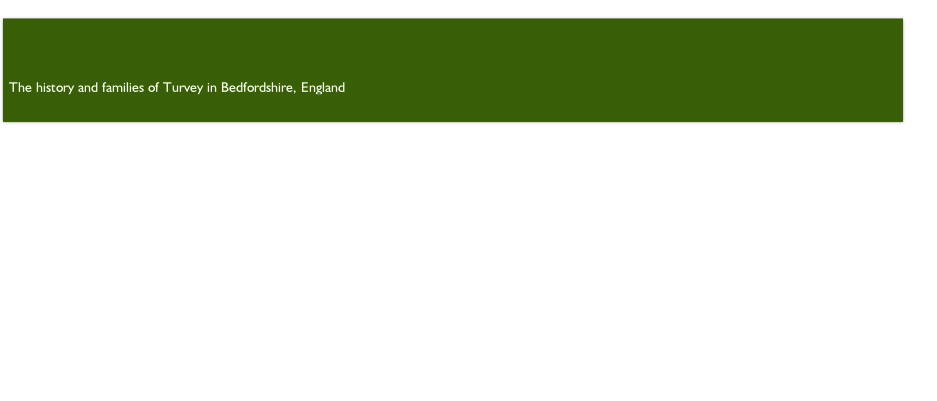
©2011 Deborah Richardson

Privacy Policy
Copyright

Historical Buildings in Turvey
There are many beautiful Listed Buildings in Turvey. Here I will show you some of them.
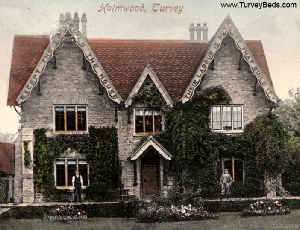
Holmwood house at Turvey in 1906.

Click any image to enlarge it.
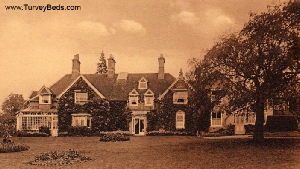
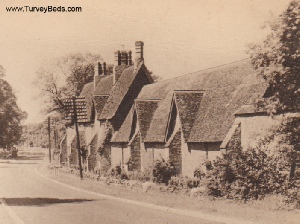
EXCEPT THE LORD BUILD THE HOUSE THEIR LABOUR IS BUT LOST THAT BUILD IT
Holmwood is a smart house, just outside of Turvey to the East along Bedford Road.
It was built in the 1860s of coursed limestone rubble. The roof is particularly handsome, being of rows of fish scale and plain clay tiles.
The front gables have a quotation from the bible -
In 1877 Holmwood was occupied by Rev. Robert Horwood.
In 1898 it was occupied by Miss Margaret Platt Higgins and owned by H. Longuet Higgins.
Local married man, George King, 29, was living there alone on the night of the 1901 census. His occupation is given as Caretaker.
It has been a Grade II Listed Building since 1987.
Turvey Cottage is a large coursed limestone house (not a cottage!) And is in Newton Lane in the village. It has beautiful fish scale clay tiles on the roof.
It was built by Thomas Charles Higgins in 1831. In 1847 he was renting the Cottage to Harry Thornton esq and by 1864 he was renting it to Capt. William Fitzroy.
When Thomas died in 1865, Turvey Cottage was then inherited by Major William Francis Higgins who rented it to Robert Gillespie in 1977 and to Joseph Bishell from around 1890 to 1898. In 1881 it was occupied by Edward and Edith Karslake.
It has been a Grade II Listed Building since 1987.
The Priory is a large farmhouse and barns and stands just East of the village along the Bedford Road.
It was built from the traditional local coursed limestone rubble with a clay tile roof. It was built around 1830.
It has been a Grade II listed building since 1985.
In 1837 H.W. Booth owned The Priory. He married Augusta Hope, the daughter of Captain
Ellis of Monmouthshire -
In 1881 The Priory was occupied by George and Lucy Dunkley and their 3 daughters.
In 1901 Priory Farm was being lived in by farmer Charles Gudgin, who was 61 and single, and his widowed housekeeper, Elizabeth Deacon, aged 64.
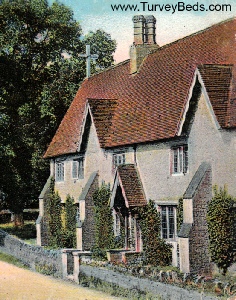
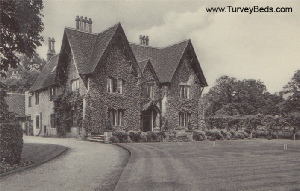
The Stone House is a very handsome building, next door to the Rectory, in the middle of the village.
It was originally 3 smaller houses, but is now all one. The Eastern end of the building is 18th Century whilst the Western end is 19th Century.
Like most the village houses it is made of limestone rubble with clay tiles on the roof.
It has been a Grade II listed building since August 1987.
I took this photograph on June 6th 2012.


